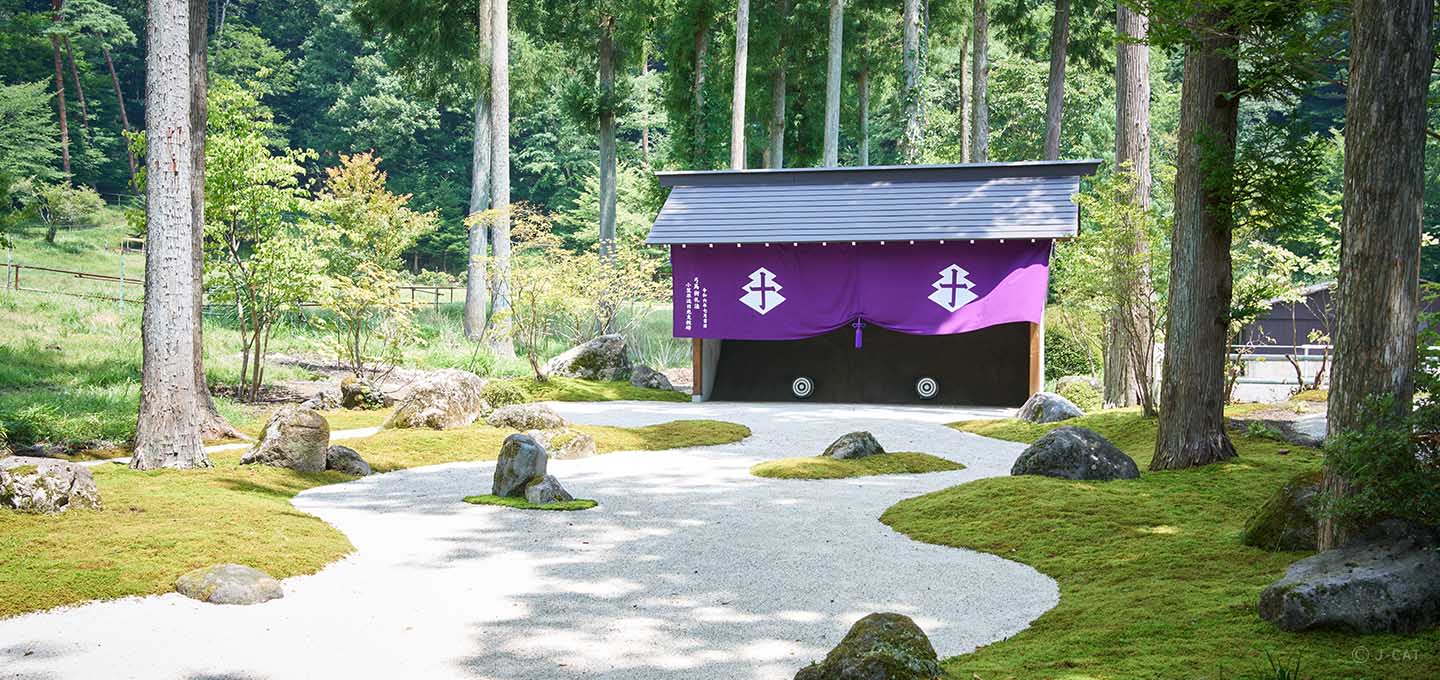
Special Experience
Tokyo & around
Experience the Samurai Spirit through Ogasawara-style Archery – Including a Private Prayer Tour at Nikko Toshogu Shrine
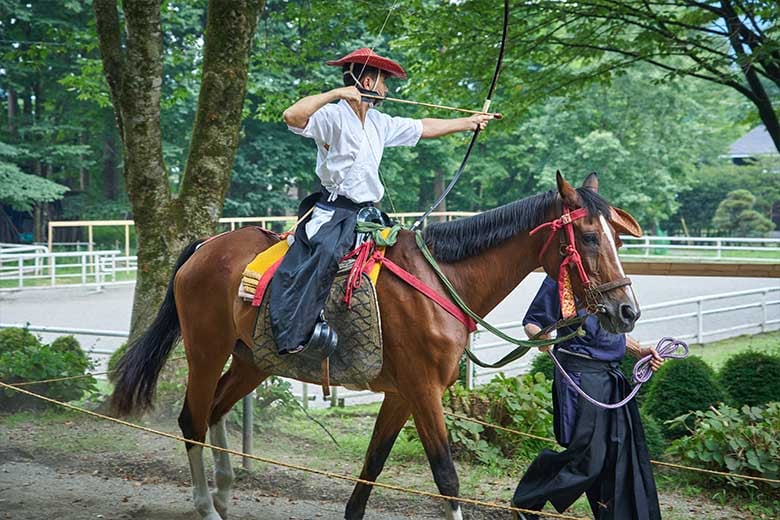
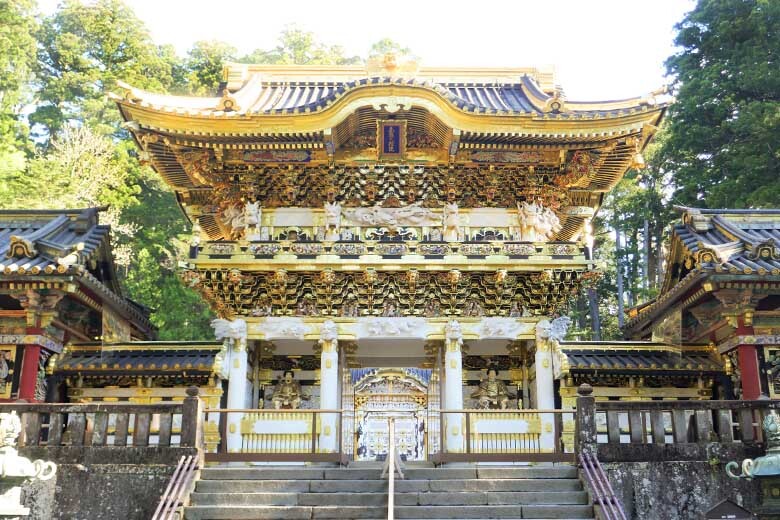
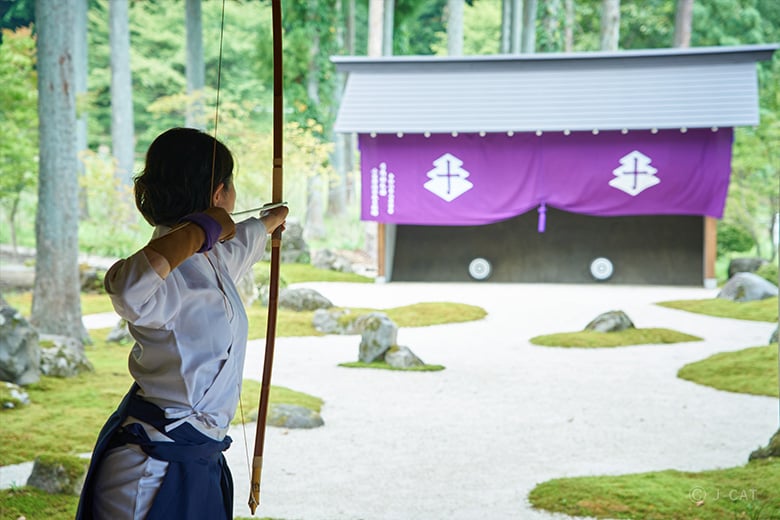
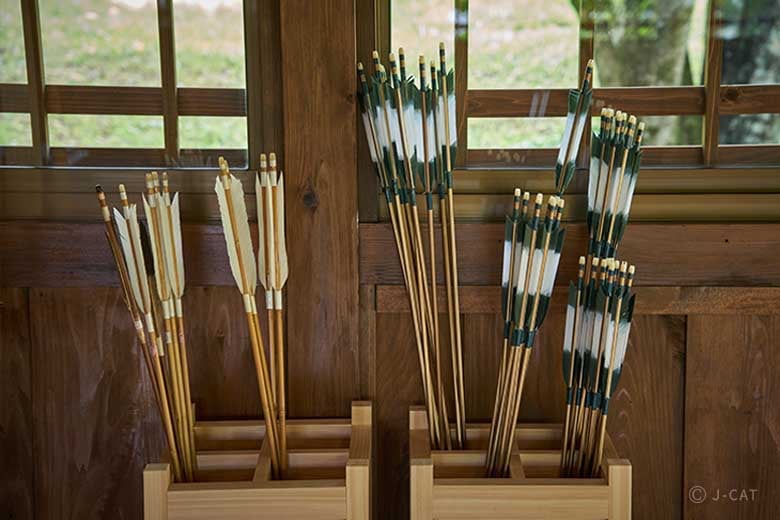
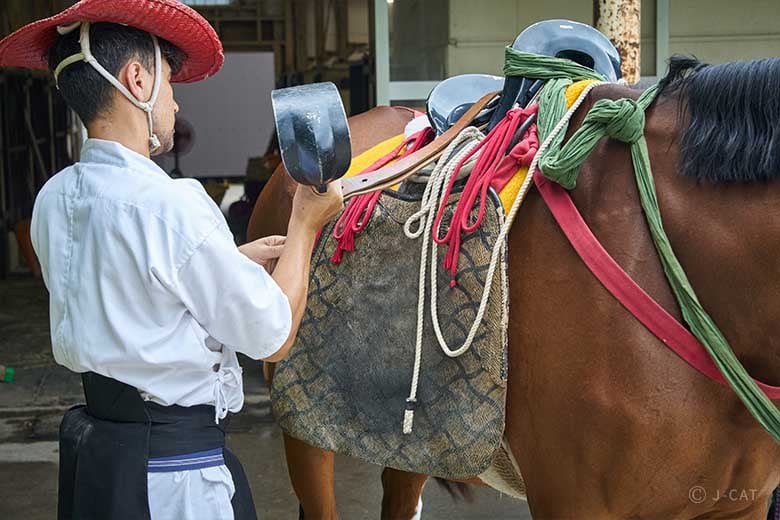
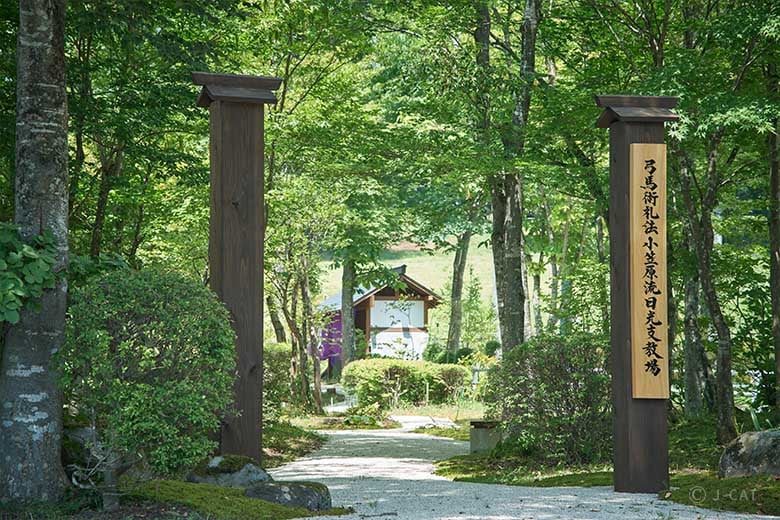
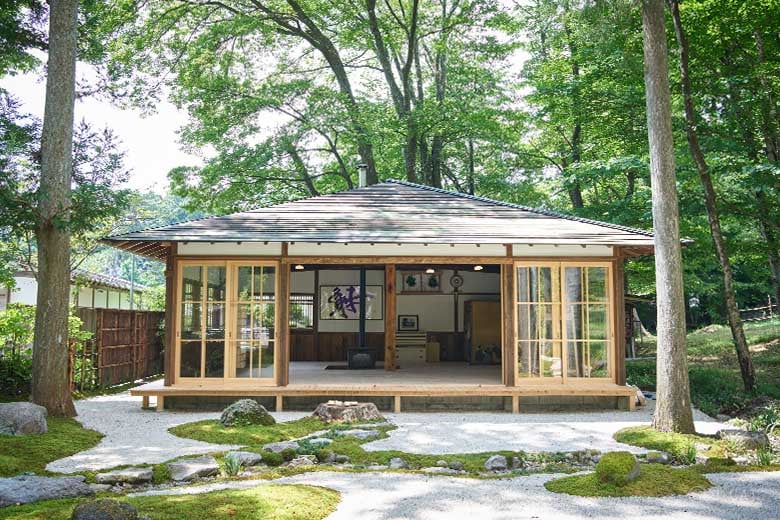
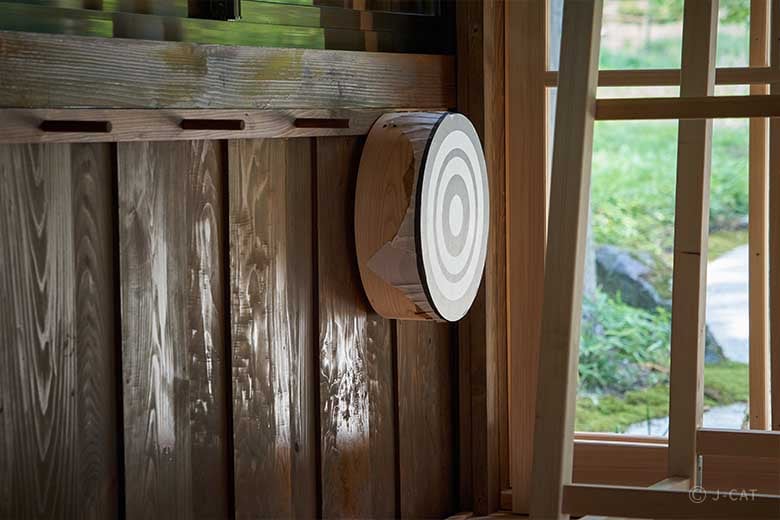
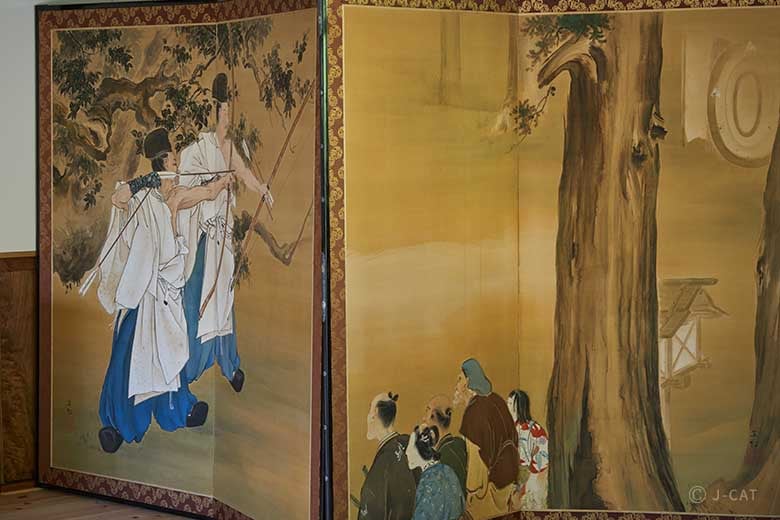
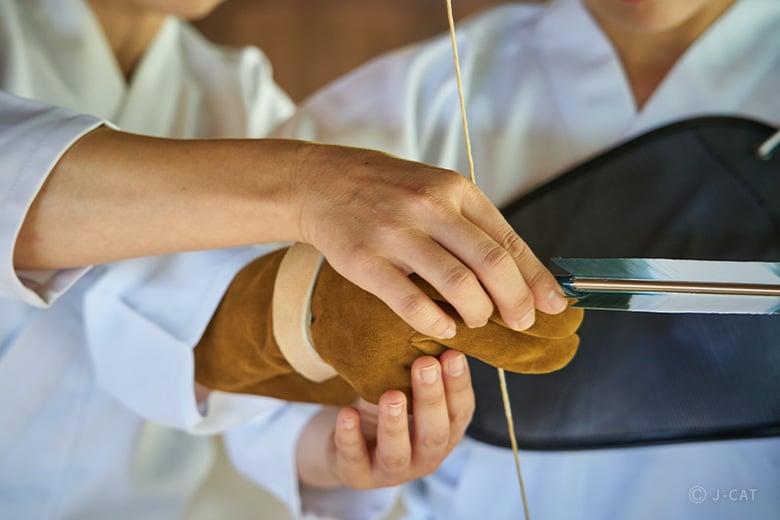
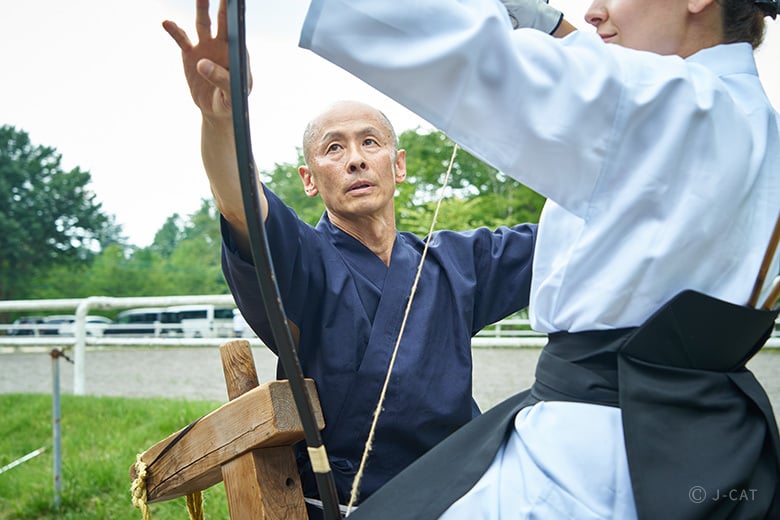
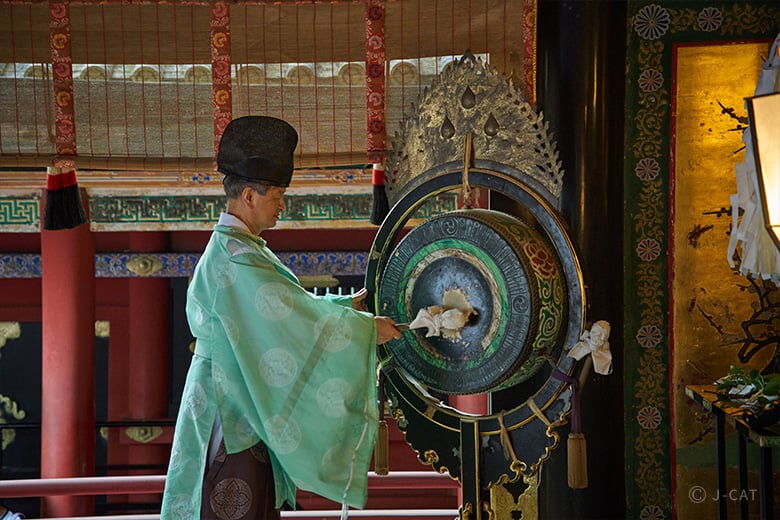
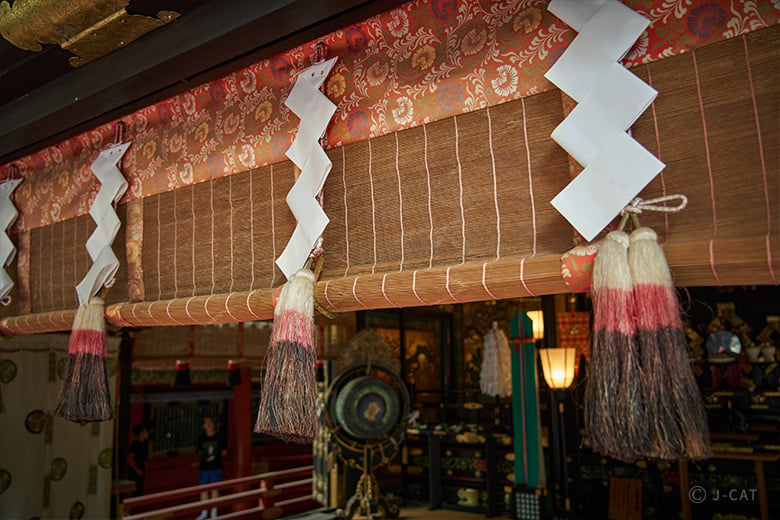
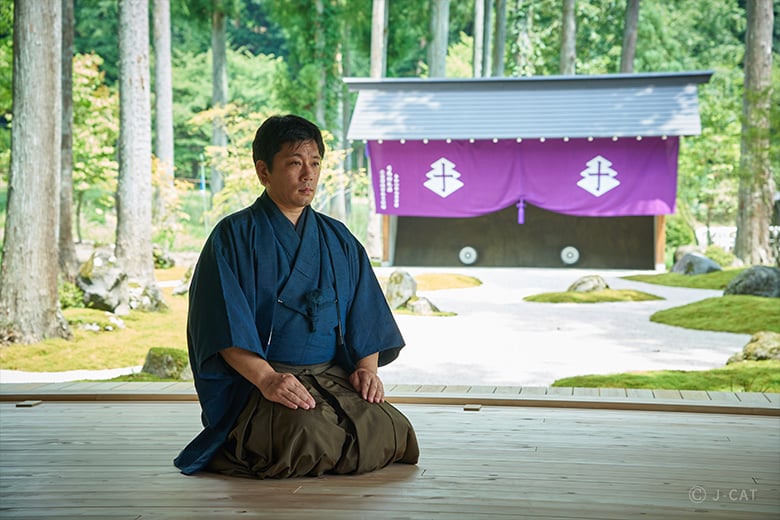
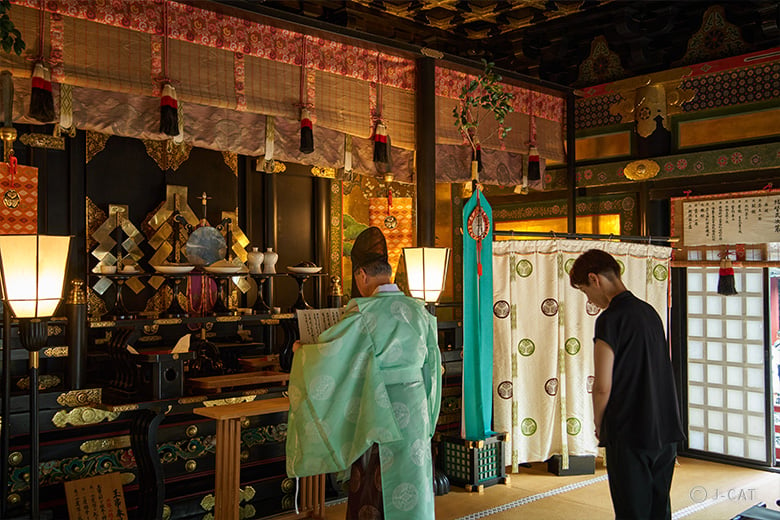
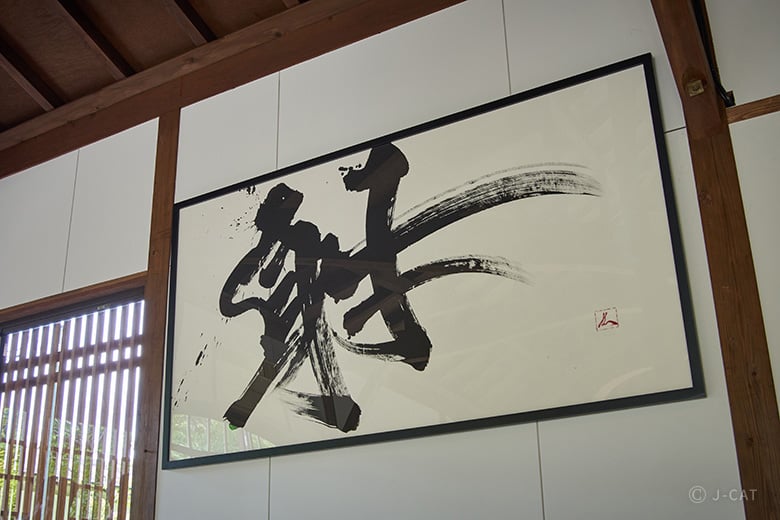
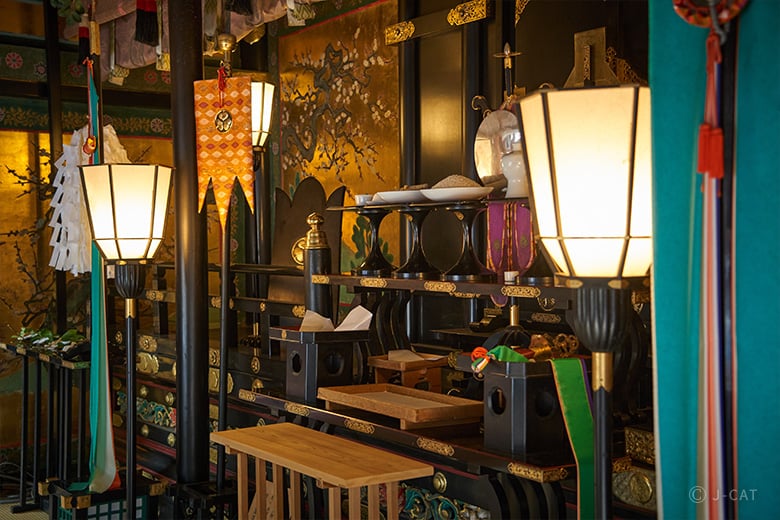
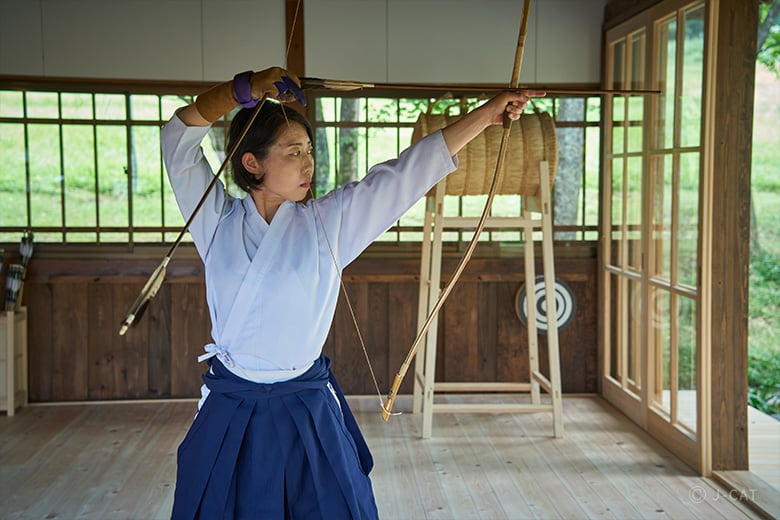
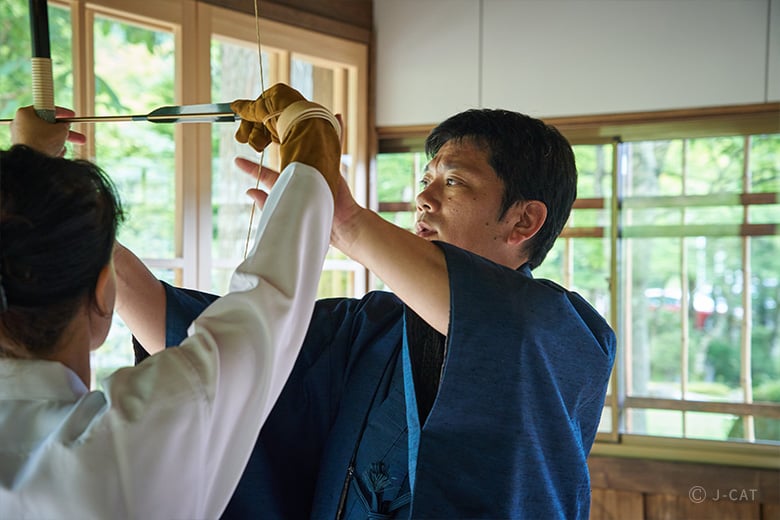
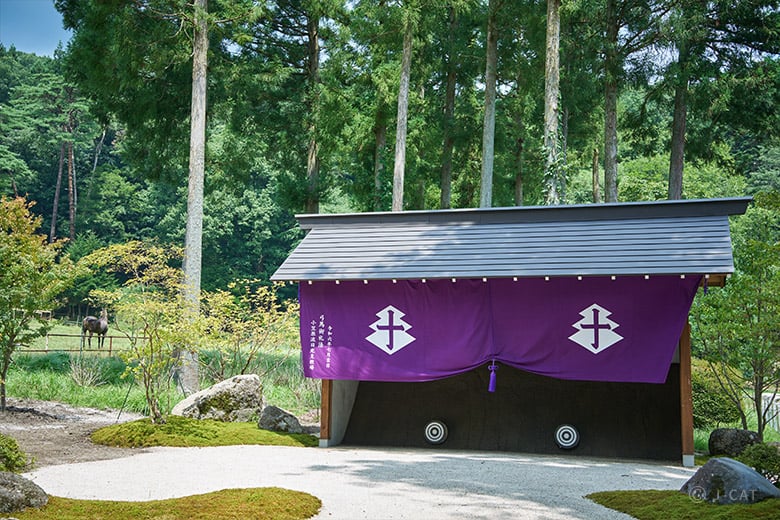




















Overview
Yabusame is the ancient traditional art of mounted archery, in which a rider on horseback shoots at consecutive targets during a gallop. In this plan, guests can experience yabusame or the related traditional art of kyudo, archery performed on foot – along with a guided tour of Nikko Toshogu Shrine, a World Heritage site. The Yabusame instructors here are practitioners of the Ogasawara style, a traditional school of samurai arts since the Kamakura period that practices not only archery, but samurai etiquette as well. This is a poignant opportunity for a deep dive into the samurai spirit, ensconced in a depth and breadth of rich cultural and historical heritage ensconced in the gorgeous natural environs of Nikko.
Key Features
・Practice kyudo or yabusame (non-mounted and mounted archery, respectively) in Nikko, a historic town with deep ties to Japan’s historical samurai government.
・Experience the samurai spirit through heritage instruction from a disciple of the Ogasawara school in the basic etiquette of the martial arts, yabusame and kyudo.
・Offer prayers and take a guided tour at the Nikko Toshogu Shrine World Heritage site, where Tokugawa Ieyasu – first shogun of the Edo shogunate – is interred.
*In the event of rain, yabusame cannot be performed, and the experience will focus on kyudo instead.
Tokyo & around
180mins
from ¥139,000 /group
1 - 6 participants
Available in English
Cancel free up to 4 days prior
Details
The Ogasawara School of Samurai Arts and Etiquette: The Way of the Leader
The Ogasawara school carries a prestigious tradition of education in samurai etiquette, kyudo archery, and yabusame horse archery that dates back to the Kamakura period (1185-1333), passed down through the ages according to the isshi soden system: a method of keeping techniques as closely guarded secrets, passing them on only to a single successor in strict confidence – usually a child of the grandmaster. Its first master Nagakiyo Ogasawara (1162-1242) created it under orders from the first Kamakura Shogun, Minamoto no Yoritomo (1147-1199), and it was officially formalized sometime in the 16th Century. The Ogasawara style places an even greater emphasis on samurai etiquette and conduct than on the study of the arts of warfare.

Kiyomoto Ogasawara, the heir apparent to the Ogasawara school of samurai arts and etiquette
"The martial arts enabled a samurai to skilfully suppress foes through combat and force, but not necessarily to effectively lead followers,” says Kiyomoto Ogasawara, eldest son of the current grandmaster and heir apparent to the position. “Another system of techniques was necessary to hone the skills of leadership.” The Ogasawara style’s beautifully streamlined economy of movement embodies the samurai spirit.

Kiyomoto Ogasawara, who dons traditional hunting attire to perform yabusame dedications at shrines and temples around Japan
Yabusame, a kind of horseback archery in which a rider demonstrates the fruits of their training by shooting a rapid succession of arrows at multiple targets while riding at a full gallop, is one of the Ogasawara style’s hereditary techniques. Its archers create quite the awesome spectacle, dressed in full Kamakura period hunting regalia, as they bear down on their targets at full speed. The art form has also become a traditional religious ritual since it was performed in divine dedication at Kamakura’s Tsurugaoka Hachimangu Shrine in 1187. Today, it is still performed in this function in certain locales, as a way of offering prayers for peace and bountiful harvests.
Tokugawa Ieyasu, Most Illustrious of all Shoguns, is Enshrined at Nikko Toshogu
Nikko Toshogu shrine is dedicated to Tokugawa Ieyasu (1543-1616), first Edo shogun and final unifier of Japan. Founded in 1617 by Ieyasu’s third son and first successor Hidetada, it also houses the former’s tomb. Hidetada’s oldest son and successor Iemitsu had a number of its buildings reconstructed in 1636, and today it still houses a number of remarkable attractions, including its gorgeous main shrine building, and numerous carvings by the most eminent master craftsmen of its time. In 1999, along with other shrines, temples, and religious buildings, it was registered as a World Heritage site.

The gorgeous Yomeimon gate, and exemplar of traditional Japanese carving art with over 500 carvings
Shogun Tokugawa Ieyasu invited the Ogasawara school to serve as his government’s instructor of archery, mounted archery, and etiquette. The heads of the school continued to serve under his successors, developing deep ties to the Nikko Toshogu Shrine during its inception. The nearby Nikko Equestrian Center continues to raise the shrine’s sacred horses, and in 2024 an added archery range was completed for the use of the Ogasawara school.

The Shinto priest reads a norito liturgy at the shrine, conveying a guest’s prayers to the gods
Following the guided tour of the shrine, participants can offer their prayers at Nikko Toshogu’s prayer hall. Experience a rare chance to center yourself and self-reflect, immersed in this rich living history, as your wishes are conveyed to the local gods.
Common Forms Hidden within Etiquette and the Draw and Release of the Bow and Arrow
After a visit to Toshogu Shrine, guests will move to Nikko Equestrian Center’s archery range and change into training gear. The archery experience begins with a talk from your Ogasawara-ryu instructor, covering archery range etiquette and the handling of the bow and arrow, as well as finer points of basic movement according to samurai etiquette, such as bowing or posture when standing or sitting. All of these things are important foundations of the techniques and spirit of the Ogasawara style. The style’s course of training spends a great deal of time focusing on etiquette, and participants can enjoy an authentic experience of that training.

Receive detailed instruction in the use of bows and arrows
Shahou hassetsu, or “the eight principles of shooting,” is the name for the series of movements involved in shooting an arrow. Each involves the assumption and maintenance of correct posture throughout the preparation, draw, release, and post-release of the bow and arrow, and mastering them requires an undivided flow from one movement to the next, for which rigorous daily training is essential. As such, an attentive mastery of even such basic everyday movements as standing and walking is seen as essential to the martial art.
*In the event of rain, yabusame cannot be performed, and the experience will focus on kyudo instead.
*Those with physical impediments to or safety concerns about riding horseback may opt for kyudo instead of yabusame.

Each and every movement in kyudo is imbued with traditional etiquette
Yabusame as a Religious Tradition of Prayer for World Peace
The experience culminates with the opportunity to experience archery for yourself. Along with kasagake and inuoumono, yabusame was part of the “horse archer’s triad” of training exercises for honing combat and hunting skills. Whereas kyudo involves shooting with both feet on solid ground, yabusame is done from the back of a moving horse. For stability, riders must use their heels and calves to support their weight and dampen the movement transmitted to their upper body. To develop this strength and finesse, training begins by practicing it on the back of a wooden horse.

Wooden horse preparatory training; practice holding the bow with its weight centered roughly 10 cm (3 in) below the navel – a spot known as the tanden
Next, practice by shooting at three targets placed to the left of your path while riding a real horse at a walk. With the attentive guidance of the Ogasawara-ryu instructor, even absolute beginners can feel at ease.

Samurai etiquette, kyudo archery, and yabusame mounted archery are all interconnected
As a spectacle, yabusame impresses with speed and power. But it has a long history of deeper significance as a Shinto ritual, requiring of its archers not only athleticism, horsemanship, and technique, but also bearing and gravitas befitting the sacrament.
A Japanese Tradition Passed Down Uninterrupted through Generations
Kiyomoto Ogasawara wants participants to experience the spirituality behind these practices. “The traditions of yabusame and kyudo, like so much of Japanese culture, have been passed down through interpersonal bonds in an unbroken chain,” he says. “Their technical aspects are only part of what has made them important throughout the ages: their spirituality and philosophy have also been vital. I hope to give people a chance to appreciate this traditional Japanese spirituality that has been handed down to us from the Kamakura period.”

The archery hall’s calligraphic rendering of the character 射 (“sha”) – meaning “shoot” in reference to arrows
Deep dive into the spirit and philosophy of the samurai arts of warfare, ensconced in the gorgeous natural environs of Nikko, where the rich history of Japan’s past samurai governments lives on.
Ogasawara Style Archery and Martial Etiquette / Nikko Toshogu Shrine & Nikko Equestrian Center

Ogasawara Style Archery and Martial Etiquette / Nikko Toshogu Shrine & Nikko Equestrian Center
Ogasawara Style Archery and Martial Etiquette
Devised by Nagakiyo Ogasawara at the behest of first Kamakura Shogun Minamoto no Yoritomo and officially formalized during the Muromachi period, the Ogasawara style of etiquette and archery has been handed down through the ages to the present day. Under the instruction of its 31st grandmaster Kiyotada Ogasawara and his heir apparent Kiyomoto Ogasawara, learn yabusame and kyudo archery, and the elegant streamlined economy of movement behind samurai etiquette.
Nikko Toshogu Shrine & Nikko Equestrian Center
Dedicated to first shogun of the Edo Shogunate Ieyasu Tokugawa, this shrine houses 55 buildings, 34 important cultural properties, and 8 national treasures – including Ieyasu’s tomb. In 1999, it was registered as a World Heritage site as temples and shrines of Nikko. The nearby Nikko Equestrian Center, which raises the sacred horses that help to perform the shrine’s religious rituals, offers programs aimed at allowing visitors to experience the cultural traditions of the samurai to which the town’s history is so closely linked.
Customer's Voice
The experience was amazing and its very hard for me to choose one moment of the experience but I can say that there were three that stick out above the rest. First, visiting the Toshogu Shrine located in Nikko and getting a private tour was unexpected. The shrine itself was amazing and the history of the Tokugawa Shogunate is impressive. Second, being taken to the archery dojo and being dressed in the traditional yabusame outfit complete with the bow had an amazing feel to it and was very cool! Finally, after practicing with the bow and arrow and taken to the horses and actually riding horses while practicing the archery that we were taught was absolutely amazing! The teachers and staff were very professional and the horses were very well behaved and overall it was such an amazing experience for both me and my friend! The length of time for the experience was good. The price was a little high but understandable as things like the Shrine entrance fee was covered and renting horses is rarely cheap. Also, at one point there were more than 6 support staff to help retrieve arrows. Overall, it was outstanding instruction and amazing experience!
W.S. United States
Loved every second of the experience. The most memorable part of the experience for me was when we were able to ride the horse and shoot targets. Everything we had learned up until that point came together. This experience provided a wonderful snapshot of Japan’s history and culture. I certainly have a greater respect for the discipline required to learn these skills.
C.S. United States
Location
Nikko Toshogu Shrine & Nikko Equestrian Center
Nikko, Tochigi
Request for booking
Select first preferred date (JST)
December 2025
Sun
Mon
Tue
Wed
Thu
Fri
Sat

Instant Booking

Request Booking

17
Full

17
Unavailable
Tokyo & around
180mins
from ¥139,000 /group
1 - 6 participants
Available in English
Cancel free up to 4 days prior
Things to know
Contact Us
If you have any questions, please contact us using the form below.
We also accept bookings from corporate clients and travel agencies.